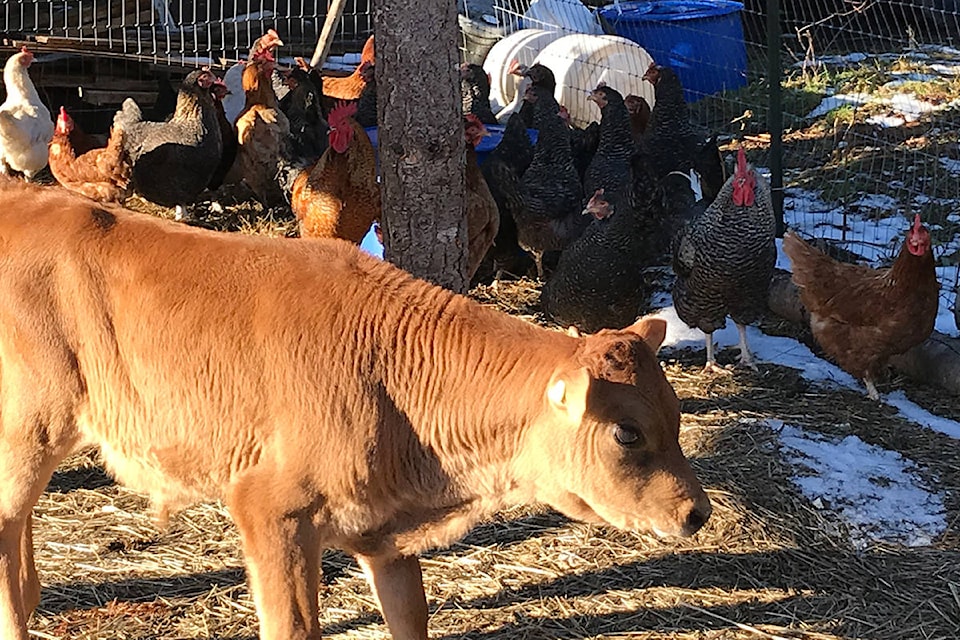I haven’t written about the “lifestyle” aspect of ranching for a while but it has been on my mind lately.
A love of the lifestyle keeps many people in the ranching business. They also stay in the business because that is their life’s work and they may wish to die owning cows.
However, the ownership of land (a ranch) and cows (the means to making a living) needs to be seen as one opportunity. Other opportunities exist for lifestyle and variations of the land and livestock ownership.
If you are selling into the market, and the vast majority do, as opposed just to your raising product for family and community consumption, you need to pay attention to what your product is and how it can be raised and sold ensuring a margin of profit.
This business side is there whether you pay attention to it or not. Most are not good at this: knowing what specific “product” you are raising or making. And you must know who will buy it and when.
READ MORE: In the face of adversity, an older generation prepares
By any other name this is “marketing.” Simply taking bigger calves to the sales, whenever you have them rounded up, means you will take whatever the buyers will pay depending on the destination of the cattle: backgrounding feedlots, finishing feedlots or combinations.
If your business decision or your lifestyle makes you choose to sell smaller animals, and later in the season, consider the advice offed by the biggest local buyer.
If your operation allows you to raise early born calves which are large early in the fall, then sell early before everyone else gets theirs into the sale ring.
But if you have chosen to have your cows calves later in the spring (you want them on some green grass or when the weather is warmer thereby reducing the risks cold weather can bring) consider that there won’t be much demand for those when there is a lot of bigger calves on the market.
Less demand, lower price.
READ MORE: Government intentions regarding residential felxibility in the ARLR
However, if you were to keep those calves over winter since they don’t eat much being small and can stay nursing their mums later into the fall or early winter when they mostly wean themselves, then consider the market in the summer or early fall when demand from the big market is high.
Prices for your “product” will be then higher. The buyers won’t discount the exotic or late type.
David Zirnhelt is a rancher and member of the Cariboo Cattlemen’s Association. He is also chair of the Advisory Committee for the Applied Sustainable Ranching Program at TRU.
Do you have a comment about this story? email:
editor@wltribune.com
Like us on Facebook and follow us on Twitter.
